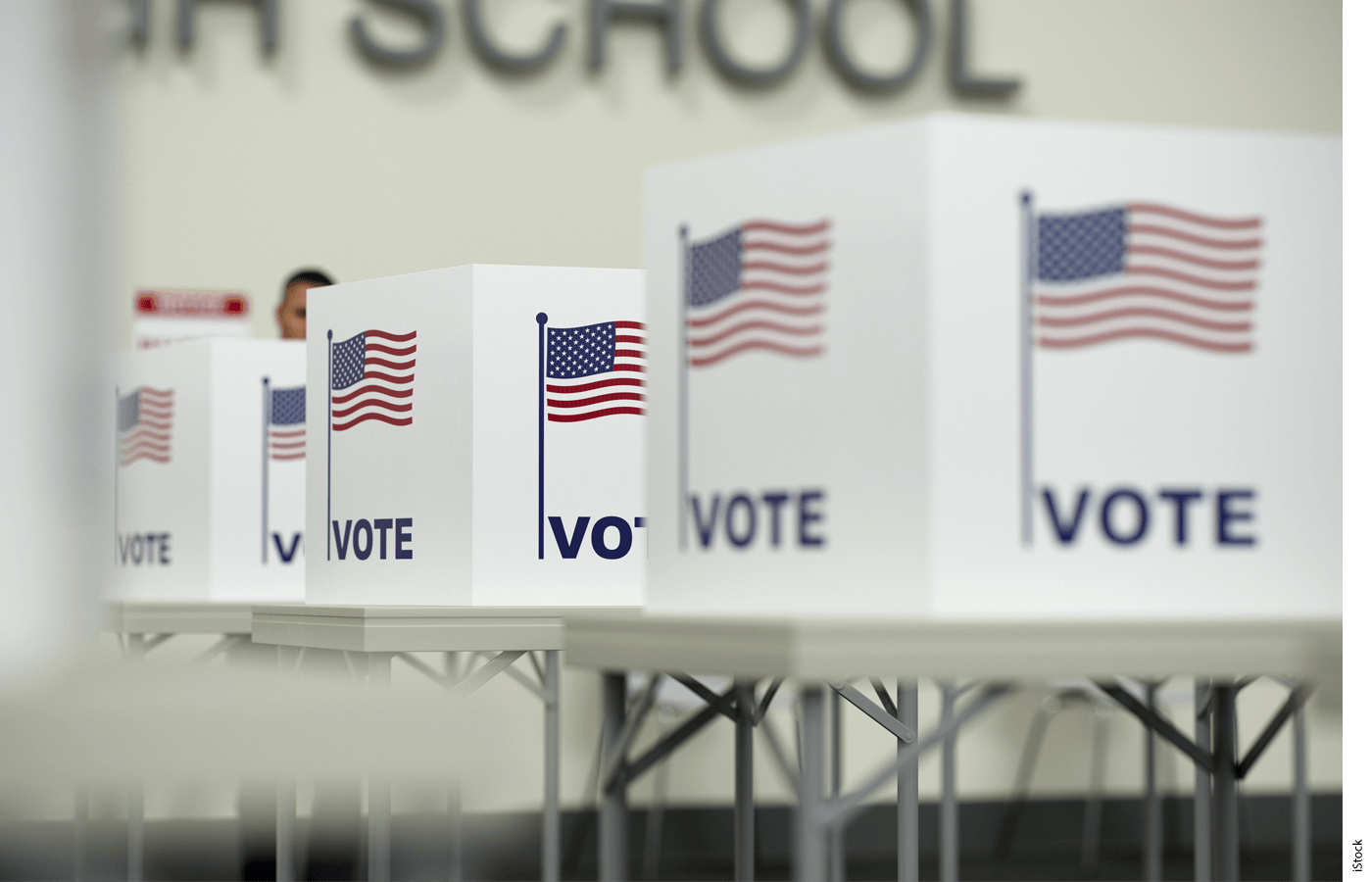Reflecting on the tenets that shape our educational practices is fundamental for …
Is a Trump Victory Truly Beneficial for School Choice?
Carlos Changemaker

When it comes to the issue of school choice, there is a stark contrast between the Republican and Democratic parties. In their 2024 party platform, Republicans have, for the first time, embraced the idea of “universal school choice,” while the draft platform of the Democrats criticizes vouchers and advocates for stricter controls on charter schools. This dynamic sets up a scenario where supporters of school choice would align with Donald Trump while opposing Kamala Harris.
However, the potential for advancements in school choice over the next four years may actually be greater if the Democrats win the presidency in November instead of the Republicans. This paradox reflects the intricate interplay of politics in a nation where many states elect their governors during mid-term elections.
It’s worth noting that decisions on school choice are primarily made at the state and local levels, not at the national level. These entities determine whether to approve charter schools and implement various programs like school vouchers, tax-credit-funded scholarships, and education savings accounts (ESAs). While the federal government allocates around $440 million to charter schools annually, this amount is a mere fraction compared to the substantial funding that public schools receive from government sources.
The success of school choice initiatives is heavily dependent on the stance of governors rather than the president. If a governor opposes a school choice proposal, its chances of becoming law are slim. For example, Kentucky managed to pass a limited charter school bill against Governor Andy Beshear’s veto in 2022, but Pennsylvania Governor Josh Shapiro’s line-item veto of ESA legislation in 2023 overshadowed that progress.
While vetoes play a role, governors’ abilities to shape the legislative agenda and exert influence are crucial. In recent years, governors in states like Florida, West Virginia, Utah, Oklahoma, and Arizona have successfully shepherded ESA or tax-credit legislation through their respective legislatures. Even in cases like Texas, where Governor Greg Abbott failed to pass ESAs, he was able to strategically defeat numerous Republican legislators in primary races, paving the way for ESA legislation in the upcoming term.
With a slight Republican edge (27-23) in governorships across the country, either party could potentially make gains in 2024 by aligning with a winning presidential candidate. However, current projections suggest minimal changes in the partisan balance of state governors, with only one or possibly no shifts expected among the 11 governor races this year. North Carolina could be a target for Republicans, while Democrats may aim for New Hampshire.
The real potential for change lies in the outcome of legislative elections in 44 states. A decisive win in the presidential race could have significant downstream effects, a prospect that concerned Democrats as Joe Biden’s reelection prospects waned. Now, with Kamala Harris on track for the nomination, experts predict a closely contested election where limited shifts may occur at the state level.
More substantial changes may unfold in the subsequent years, particularly as 41 governorships come up for election before the next general election in 2028. The midterm elections typically see lower voter turnout and a historical pattern where the party holding the White House loses seats to the opposition. This trend underscores the challenges facing the winning presidential party in advancing school choice policies over the ensuing four years.
External factors beyond partisan politics can also shape future outcomes, similar to how the upheaval caused by pandemic-related school closures in 2020 altered the educational landscape. Many families expressed dissatisfaction with online learning’s impact on their children’s academic progress and well-being, leading to a concerted Republican push for educational alternatives. Despite Democratic victories in 2022, several states expanded choice options in 2023, pointing to a trend that could continue if Governor Abbott champions a comprehensive ESA program in Texas.
However, the success or failure of school choice policies will ultimately determine their fate. Public perceptions of educational outcomes hold significant weight, often surpassing partisan affiliations in shaping voter opinions. Despite this, the outcome of a presidential election – whether a victory or defeat – could yield unexpected consequences for proponents of school choice.
Paul E. Peterson is the Henry Lee Shattuck Professor of Government and director of the Program on Education Policy and Governance at Harvard University. He welcomes your reactions to this post by email at paul.peterson@educationnext.org; responses will be curated and shared periodically. His Education Exchange podcast is available with a new episode each Monday.
The post Would a Trump Victory Really Be Good for School Choice? appeared firstjson{“tls”:1579} on Education Next.



